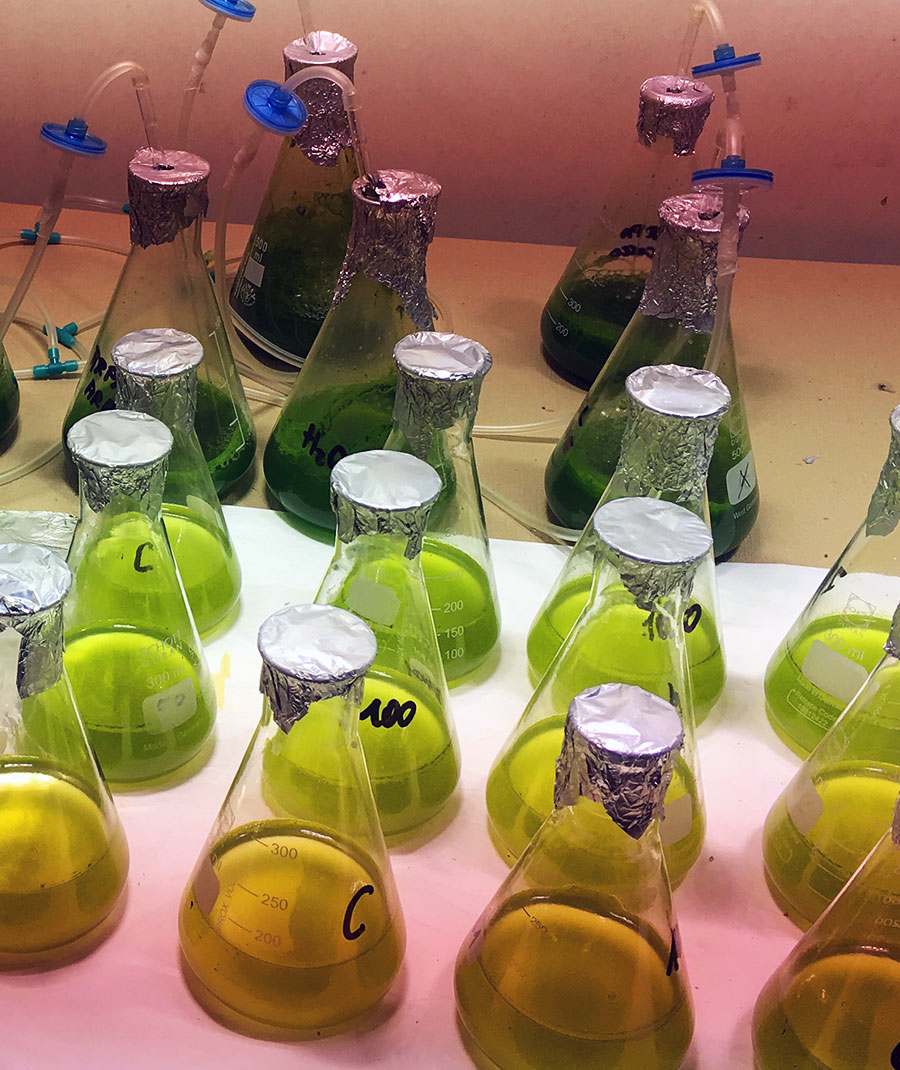Experimental Material Systems Design

This research examines the integration of microalgae into architectural systems as living materials that can generate energy, enhance environmental quality, and support circular practices in future smart cities.

Summary
Building on Gregory Bateson’s ecological vision, this research explores how microalgae can be leveraged in architecture to create resilient, living systems that respond to urban density and climate challenges. As the skin of the city evolves into an active environmental interface, microalgae offer solutions for energy generation, air and water purification, biodegradable material production, and even urban food supply. These biological organisms are positioned as agents of a circular economy, contributing to smart city models and regenerative urban ecosystems. The project explores both material applications and system-level strategies for embedding photosynthetic intelligence into the built environment.


